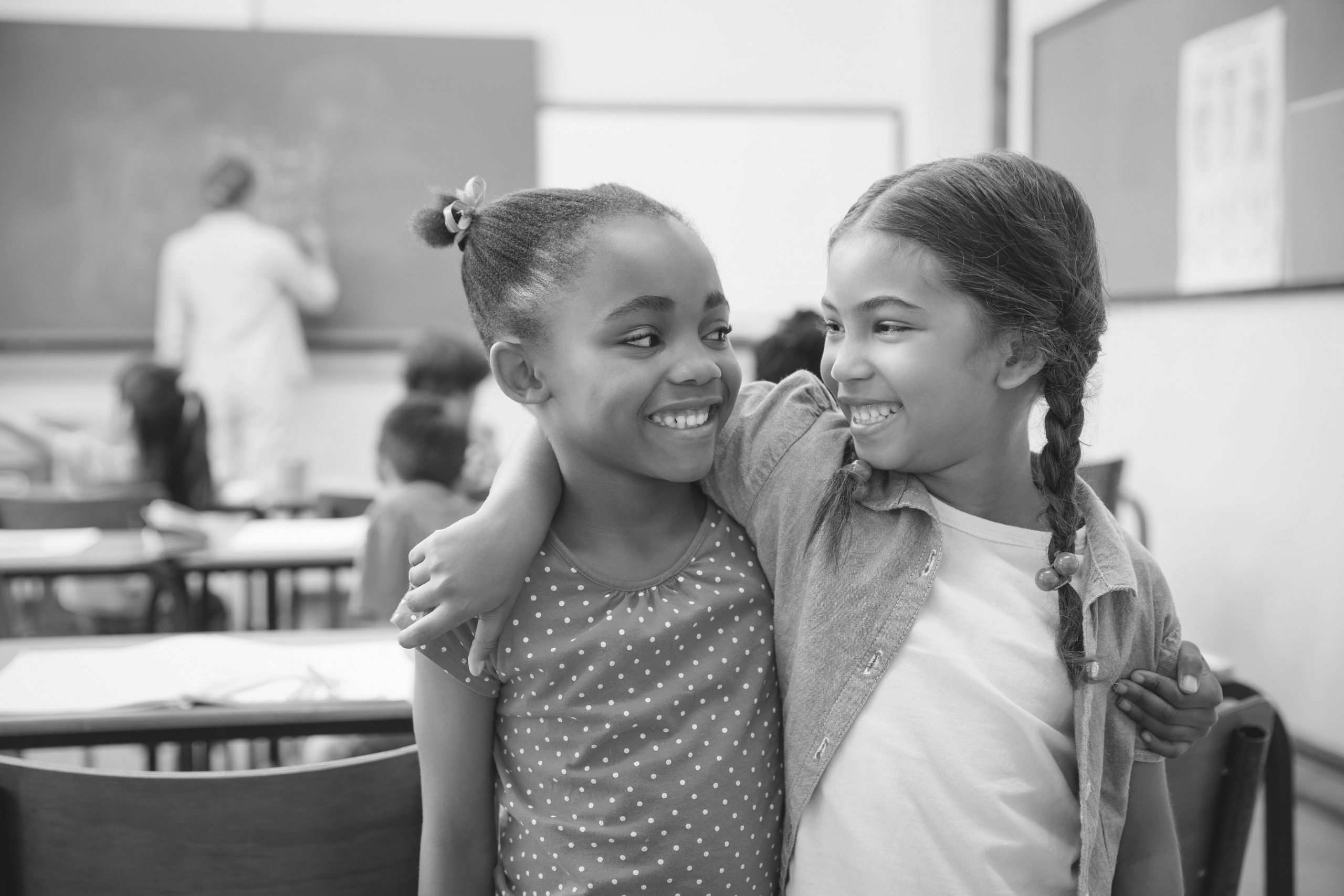DEVELOPMENTAL OUTCOME
Uses growth mindsets to reflect on, and learn from, different experiences
LEARNING INTENTION
Learn that different parts of the brain can be developed through effortful practice
ASSESSMENT OPPORTUNITIES
‘I used to think…but now I think’ statements
Book from the ‘Mindsets’ suggested reading list
‘The Brain’ worksheet (provided)
MINDFUL MOMENT
BRAIN BREAK
REMOTE OPPORTUNITIES
If you would like to teach these activities remotely, please find below the links to this content on SeeSaw. See their Getting Started Guide for further information about this free online platform.
STRATEGIES AND QUESTIONS
INTRODUCTION – WHERE THE LESSON IS GOING AND WHAT IS EXPECTED
Big questions: What are we learning about? Why?
Introduce the learning intention and contextualise the lesson for your class.
ACTIVITY 1 – YOUR FANTASTIC ELASTIC BRAIN
Read ‘Your Fantastic Elastic Brain’ by JoAnn Deak or another suitable book from the ‘Mindsets’ suggested reading list. Guide students through a summary of the key points from the book. Explain to students that most people are born with all the parts of the brain functioning in the way that the book presents; however, research has shown that when some parts of the brain are damaged, the brain can rewire itself to function in a different way or use a different part of the brain.
TIP: You might like to draw a labelled diagram of the brain on the whiteboard as a reference for Activity 2.
Success criteria: Listen carefully, process and summarise new information
ACTIVITY 2 – PART 1 OF ‘THE BRAIN’
Ask students to complete ‘Part 1’ of ‘The Brain’ worksheet.
TIP: Students will need to reference ‘Your Fantastic Elastic Brain’ to complete this activity. Emphasise this is sophisticated information that students are not expected to already know. (Answers – 1. Hippocampus, 2. Neurons, 3. Cerebrum, 4. Amygdala, 5. Cerebellum, 6. Prefrontal Cortex).
Success criteria: Work independently, match a brain part with its description
ACTIVITY 3 – DIE DIALOGUE
To reinforce the activities that each part of the brain is responsible for, small groups of students should engage in a ‘Die Dialogue’. They need to name an activity that each of the following parts of the brain help them to do. Encourage students to look at their worksheets as a guide.
- Cerebellum
- Amygdala
- Cerebrum
- Hippocampus
- Prefrontal Cortex
- Neurons
Success criteria: Take turns, listen to others
ACTIVITY 4 – PART 2 OF ‘THE BRAIN’
Explain how this new knowledge of different parts of the brain can help students to complete ‘Part 2’ of the worksheet. Ask students to identify a part of the brain that they would like to improve and come up with a plan to make this happen. You might like to model a personal example for students. (E.g. my goal is to shoot 10 baskets in a row. I will grow my cerebellum by playing basketball and shooting hoops.)
Success criteria: Set a goal, create strategies
REFLECTION – RETHINKING AND REVISING
Big Ideas: What have I learnt about different parts of the brain?







